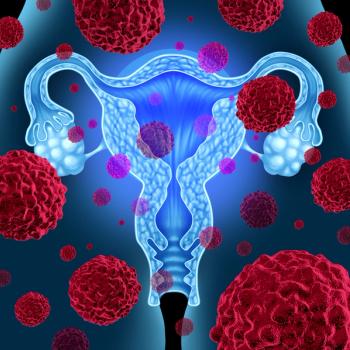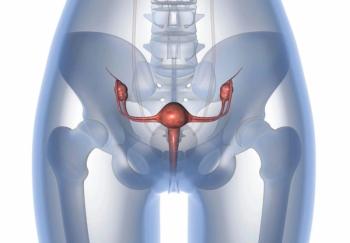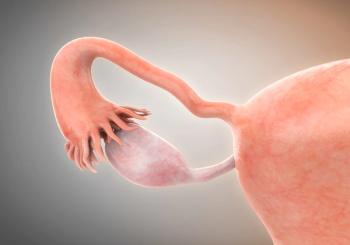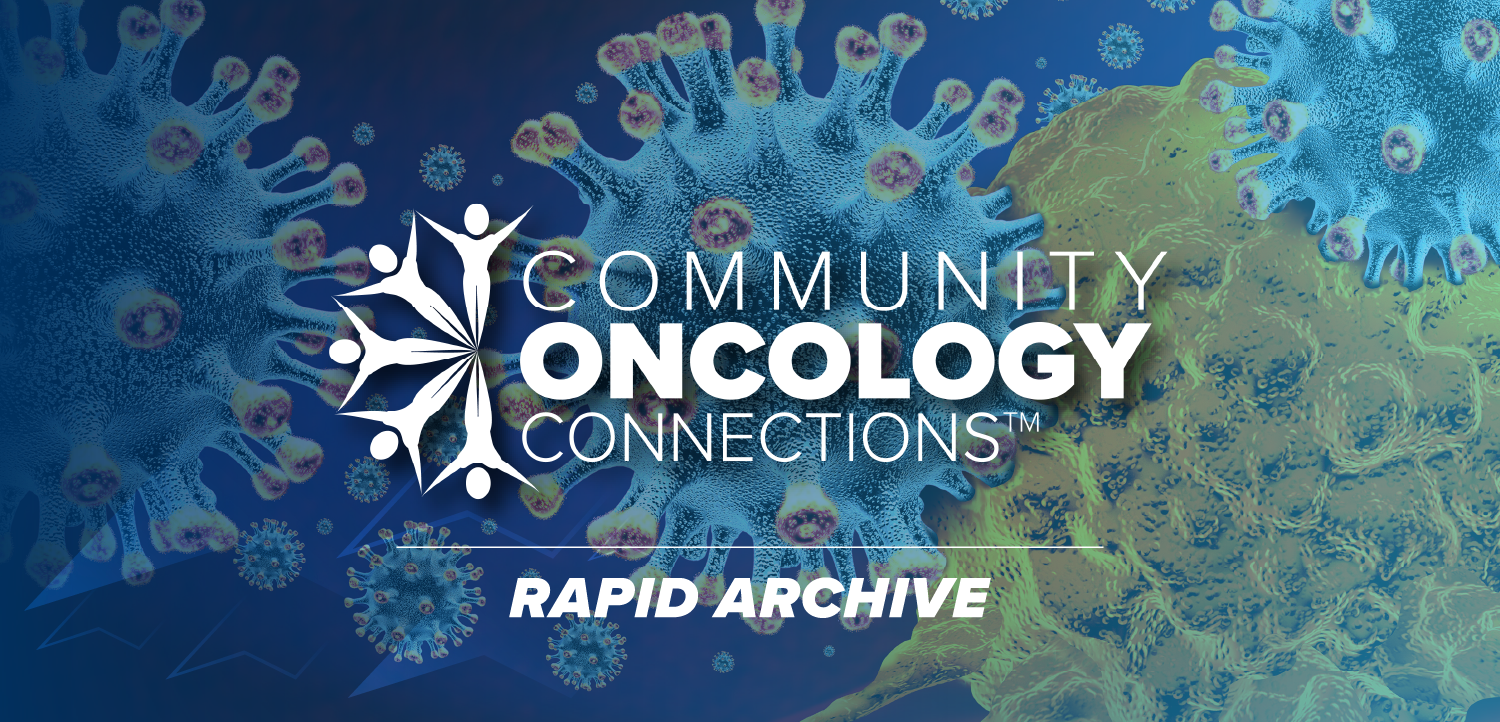
HPV Vaccination Schedule Change for Children, Adolescents
The Centers for Disease Control and Prevention (CDC) has changed recommendations on the human papillomavirus (HPV) vaccine schedule in 11- and 12-year-old children from 3 doses to 2 doses in at least 6-month intervals.
The Centers for Disease Control and Prevention (CDC) has changed recommendations on the human papillomavirus (HPV) vaccine schedule in 11- and 12-year-old children from 3 doses to 2 doses in at least 6-month intervals. The recommendation for three vaccines remains in effect for those beginning the vaccination series from ages 15 through 26; yet the 13- to 14-year-old group is now able to receive only 2 doses of the vaccine as well.1
This change was made due to the Advisory Committee on Immunization Practice’s (ACIP) review of current literature, reporting an immune response similar or higher in the ages 9-14 group when compared to the 16- to 26-year-old group of immunized adolescents.
“Safe, effective, and long-lasting protection against HPV cancers with two visits instead of three means more Americans will be protected from cancer,” said CDC Director Tom Frieden, MD, MPH. “This recommendation will make it simpler for parents to get their children protected in time.”
This change is reflected in the October 7, 2016, US Food and Drug Administration (FDA) approval of a 2-dose administration schedule of Gardasil® 9 (9-valent HPV vaccine) for children ages 9 through 14.
Counseling will be provided to parents from the CDC and ultimately healthcare providers on these new recommendations.
Do you feel that this new dosing schedule will improve vaccine compliance?
References:
1. Centers for Disease Control and Prevention. CDC recommends only two HPV shots for younger adolescents. 2016 Oct 19.
Newsletter
Stay up to date on recent advances in the multidisciplinary approach to cancer.



















































































